Adidas Cushioning
Adidas became a staple in track and field and on the soccer pitch. Although the three stripes on an adidas shoe is one of the most recognizable images in the sneaker world, it was initially created to help add stability to the shoe. The three stripes logo also represents the company’s three guiding principles; Design the best shoe according to the requirements of the sport, protect athletes from injury, and make the product durable.
Adidas has always been a performance-driven brand. They were the first company to design a shoe specifically for tennis, they produced the first soccer shoes with molded rubber studs, as well as the first all-around soccer shoes launched to the market.
During the 1970s adidas turned their focus onto other sports as well, venturing into Tennis, Running and Skiing, just to name a few. The company began focusing on other performance features that these new sports would require. The 1980s were an important time of change for the brand. The focus on expanding its lineup was helped by athletes such as Basketball star Kareem Abdul-Jabbar along with Tennis greats Ivan Lendl and Steffi Graf.
Adidas also developed the first nylon half-soles for sprint shoes, the first injection-molded multi-stud soles made of polyurethane, and the “TORSION®” sole system.
They have also created outlandish, push-the-envelope type technologies like “the “adidas_1” that supposedly provided intelligent cushioning by automatically and continuously adjusting itself. It did so by sensing the cushioning level, using a digital sensor and a magnet that analyzed whether the cushioning level was too soft or too firm via a small computer. In the NBA, we saw this tech on the feet of Tim Duncan and Kevin Garnett.
BASF is the world’s largest chemical producer. Boost is basically expanded thermoplastic polyurethane (ETPU) pellets. BASF and adidas realized the compound’s potential as a footwear cushion. You can read all about the history of Boost here.
Adidas cushioning Show
Adidas Shoes with Adidas Bounce
This foam compound was once the one used for takedown models in Adidas’ lineup. The brand’s top-tier products featured Boost. However, Adidas chose this cushioning setup to be featured in one of their athlete’s models: the Adidas D Lillard 2. Since then, Bounce has been used in all succeeding Dame models until the fifth iteration. Bounce eventually made its way to the Harden and DON Issue lines as well. Bounce was eventually used in Adidas’s running and casual lineup as well
Bounce is one of the most underrated cushioning systems out there. It is indeed bouncy as its name indicates, and offers a balanced blend of court feel and impact protection for fairly affordable prices. However, nothing lasts forever. With the appearance of Lightstrike foam in 2020, Bounce began to appear in less Adidas products.
Adidas Shoes with adiPRENE
Exclusive to adidas, adiPRENE® is an elastic material that offers responsive cushioning that is meant to move and mold to your foot as you are exercising. AdiPRENE® absorbs impact forces, providing superior cushioning and protection. An adiPRENE® insert also provides both long-term cushioning and comfort.
Adidas Shoes with Lightstrike
Lightstrike is one of adidas’ latest innovations. It’s a new super-light midsole that provides cushioning and on-court responsiveness. Lightstrike is meant to accommodate explosive movements, lateral quickness, and all in-game demands.
The Lightstrike was developed by Adidas Brooklyn Creator Farm as an initiative while setting the creative direction for the brand for 2019 and is quickly becoming their go-to cushioning in basketball models.
Adidas Shoes with Lightstrike Pro
Lightstrike Pro is, as its name indicates, the evolution of adidas lightstrike. It was designed for high-performance running shoes and is lighter, more responsive and denser than normal Lightstrike while still offering a plush, well-cushioned ride.
Lightstrike Pro is found the adidas Adizero Adios Pro and Adios Pro 2, adidas’ answer to the Nike Alphafly Next%. Lightstrike Pro is also beginning to appear on everyday running shoes such as the adidas Boston 10.
Adidas Shoes with 4D
In 2015, Adidas made a bold claim. The company stated that they were no longer going to mold midsoles, they were going to print them. Two years later, Adidas actually brought the world the first printed performance midsole when they officially unveiled the Adidas FutureCraft 4D.
Adidas’ idea was brought to life by a company called Carbon, who innovate on materials for different uses. They combined light and oxygen via Digital Light Synthesis to create the 4D midsole as we know it. Adidas has used this technology on running shoes and casual shoes. We have yet to see printed midsoles cross into other sports like basketball.
The idea was to make a shoe that was extremely light, durable, and good at absorbing impact. They weren’t the plushest things in the world, especially with Adidas Boost still available, but they get the job done.
Adidas Shoes with Cloudfoam
This isn’t exactly a cushioning system, but it’s still very popular. Adidas’s Cloudfoam is most recognizable by the green, squishy tags on shoes that we can press and get a feel of the bounce coming from it.
But, to be honest, Cloudfoam isn’t the midsole, it’s the insole. Most of the lower-tier casual and performance shoes utilize this and it gives “okay” comfort for an insole. The fact that we can touch and get a feel for it before wearing any shoe is pretty cool, though.

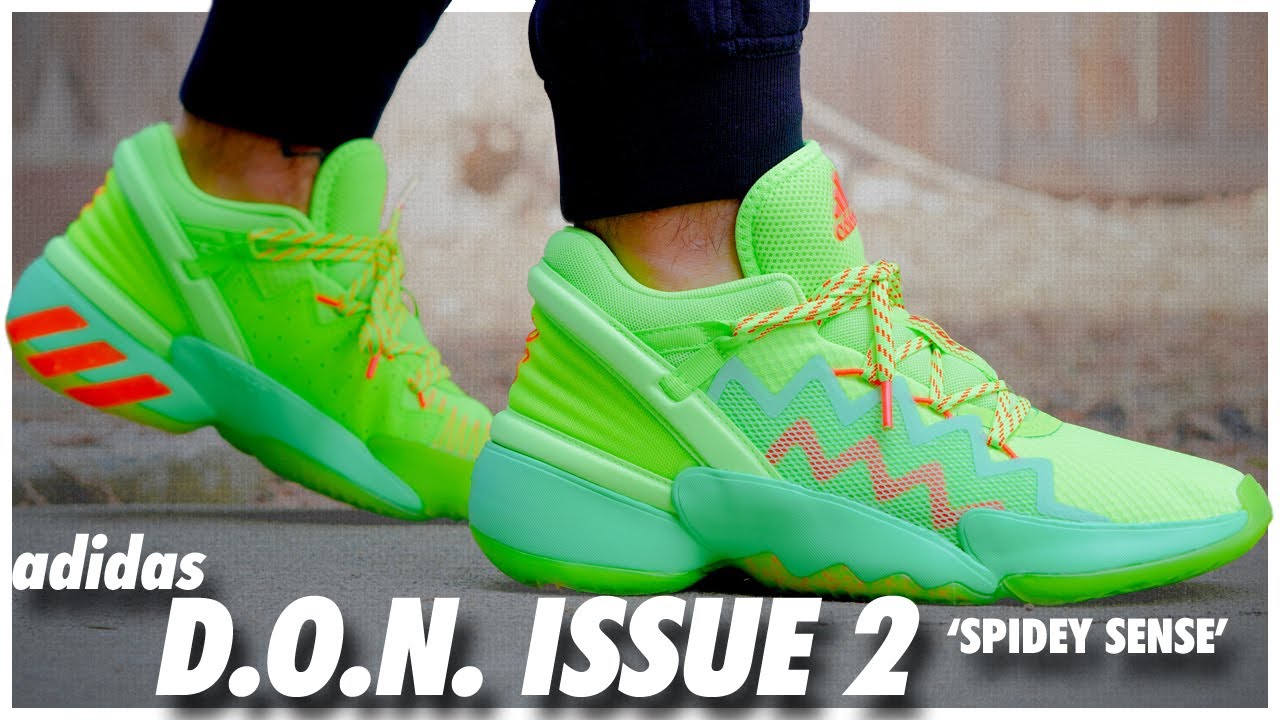
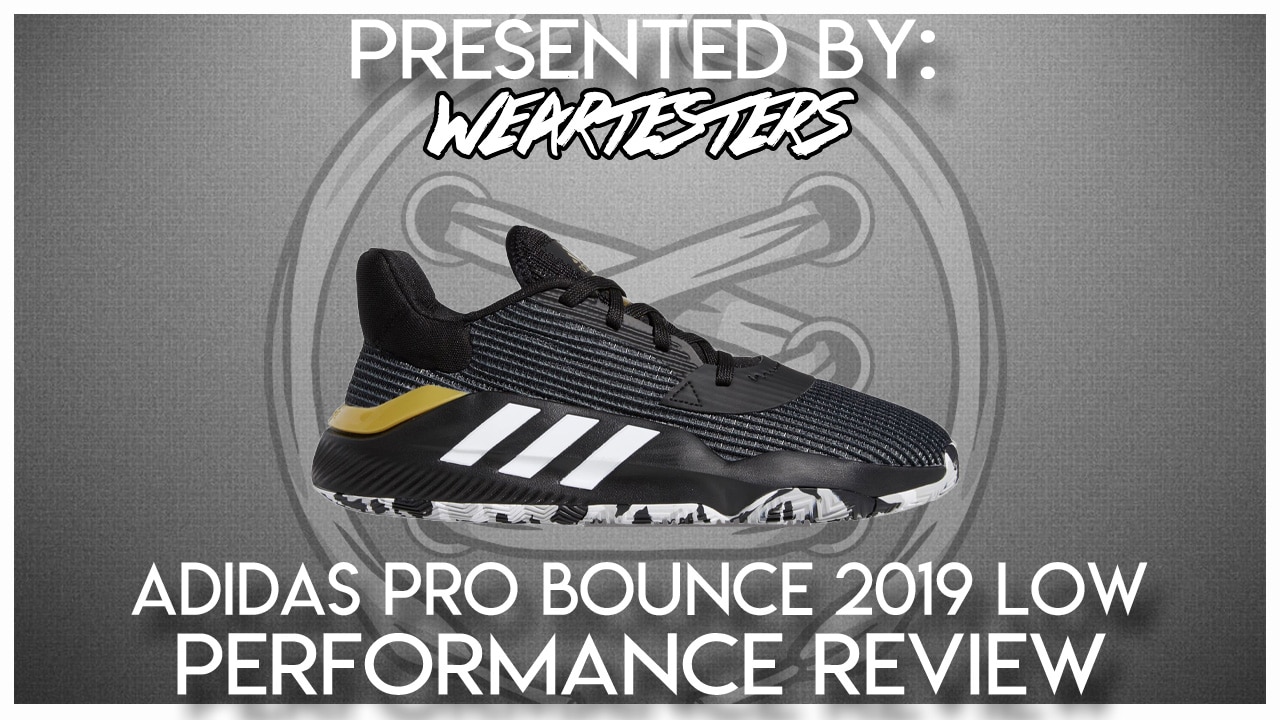
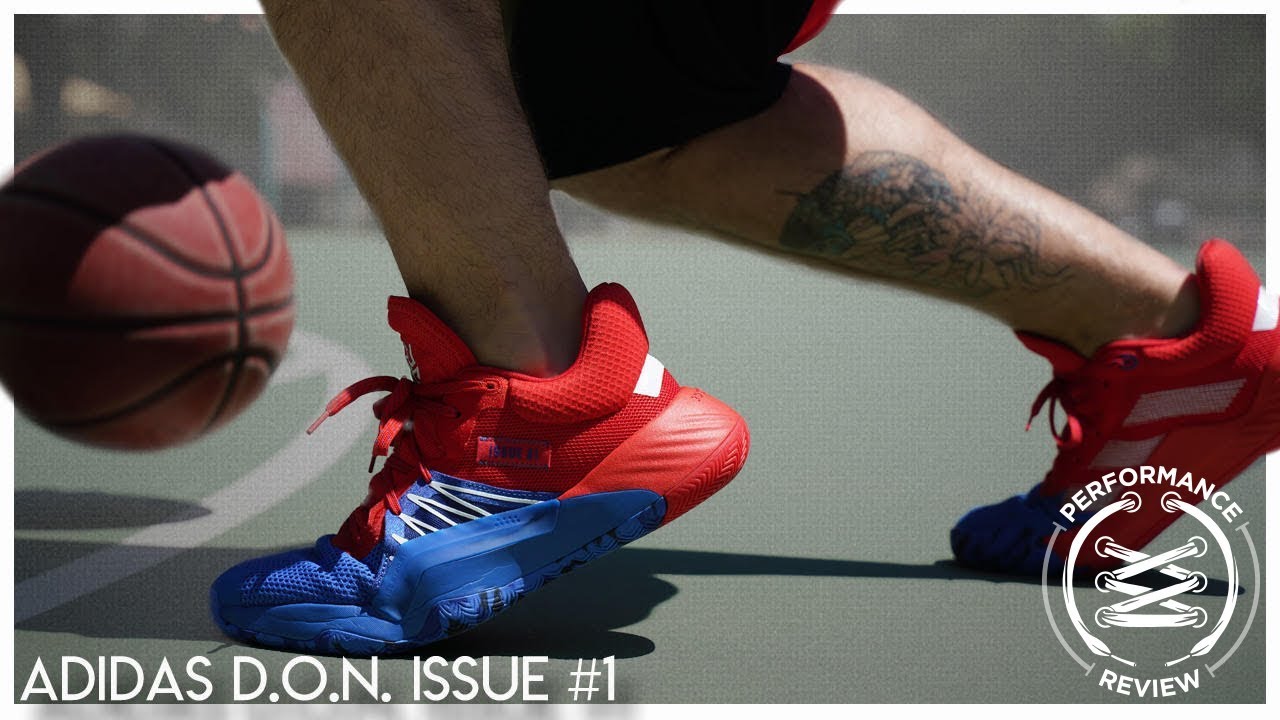
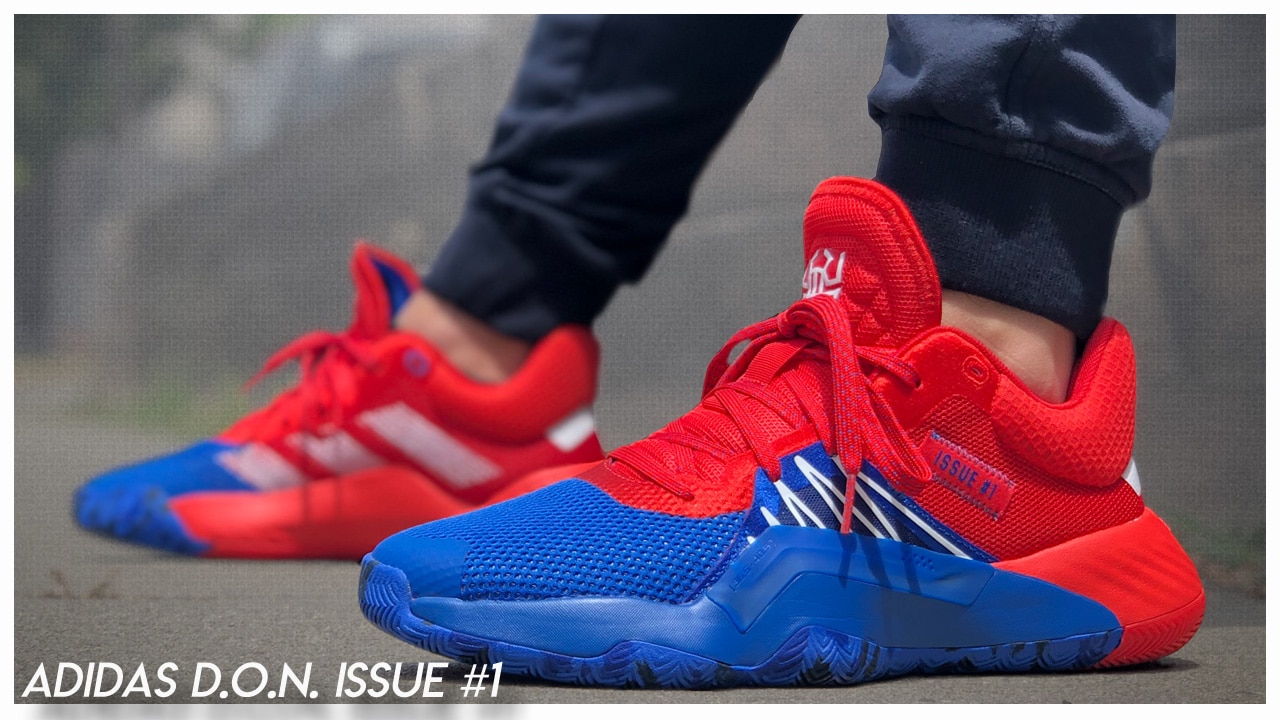
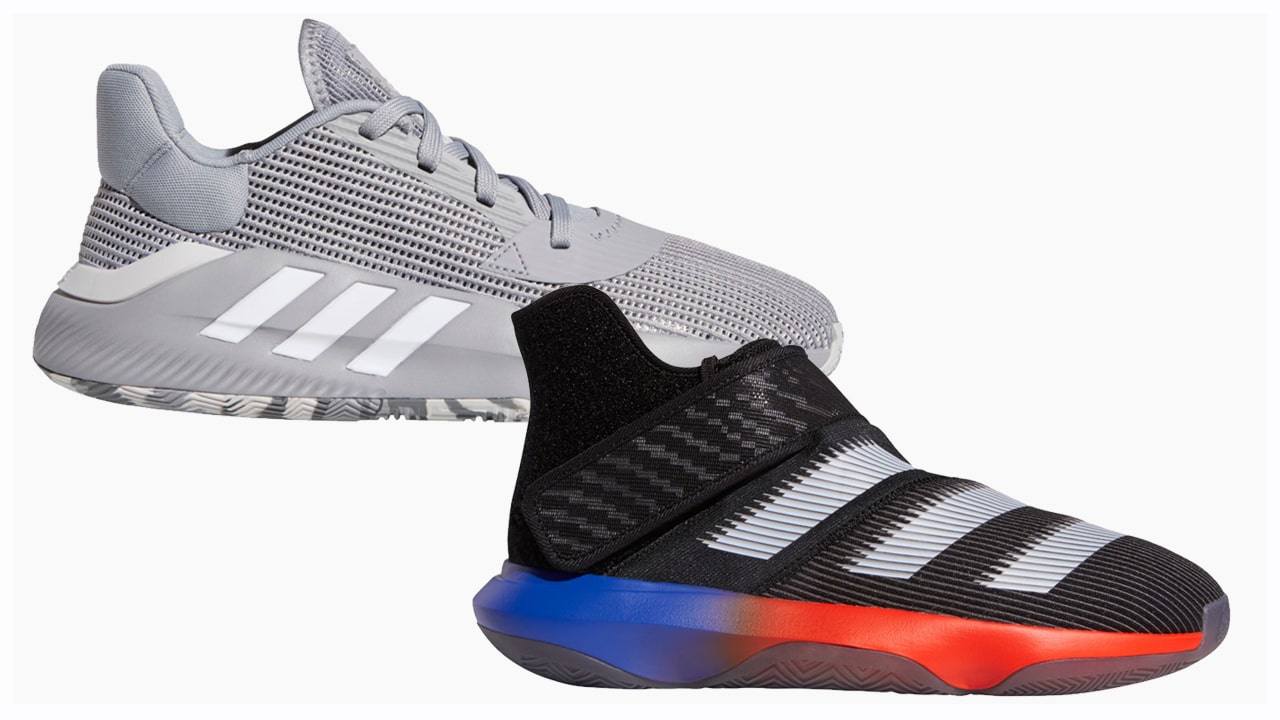
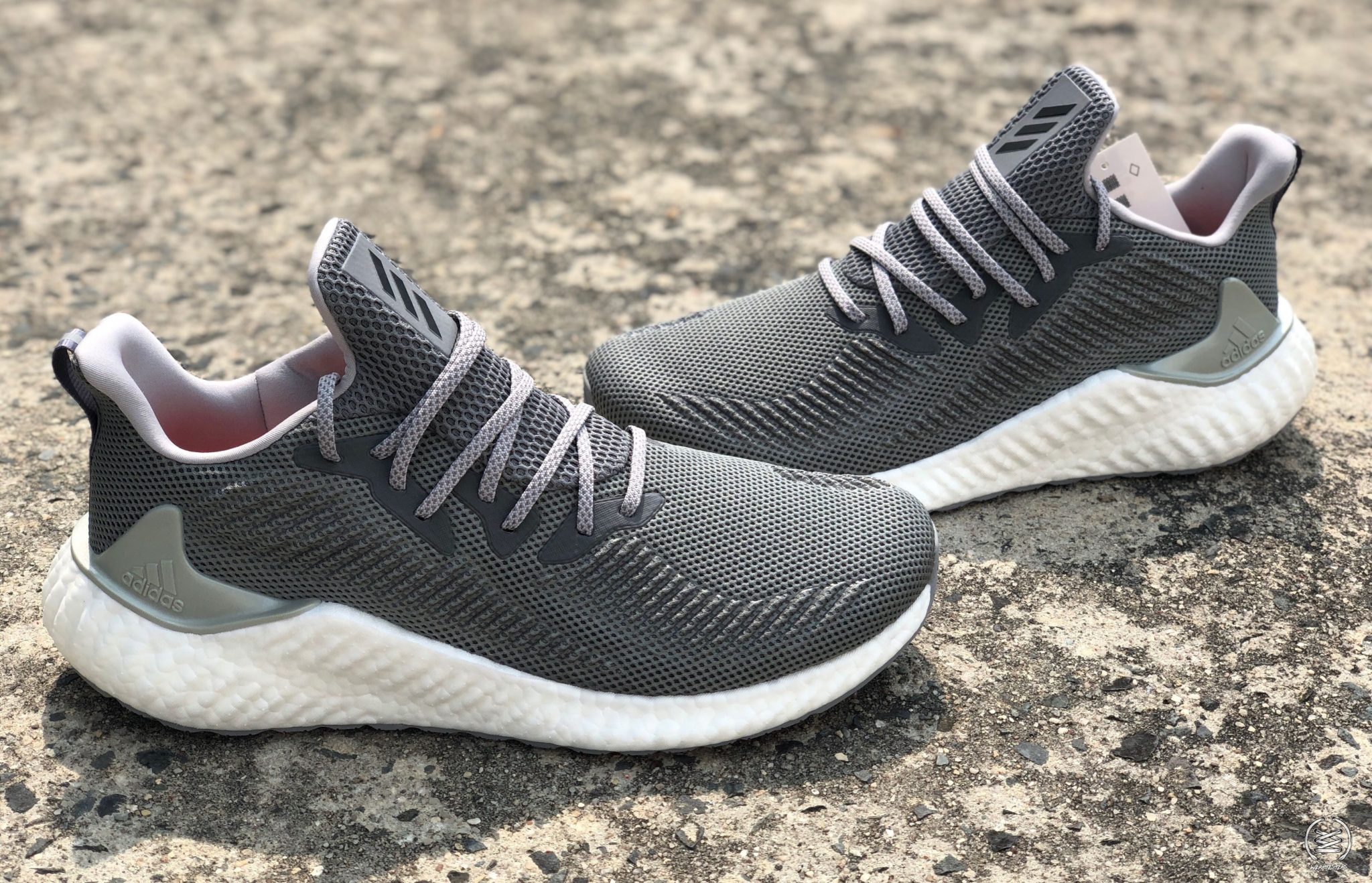
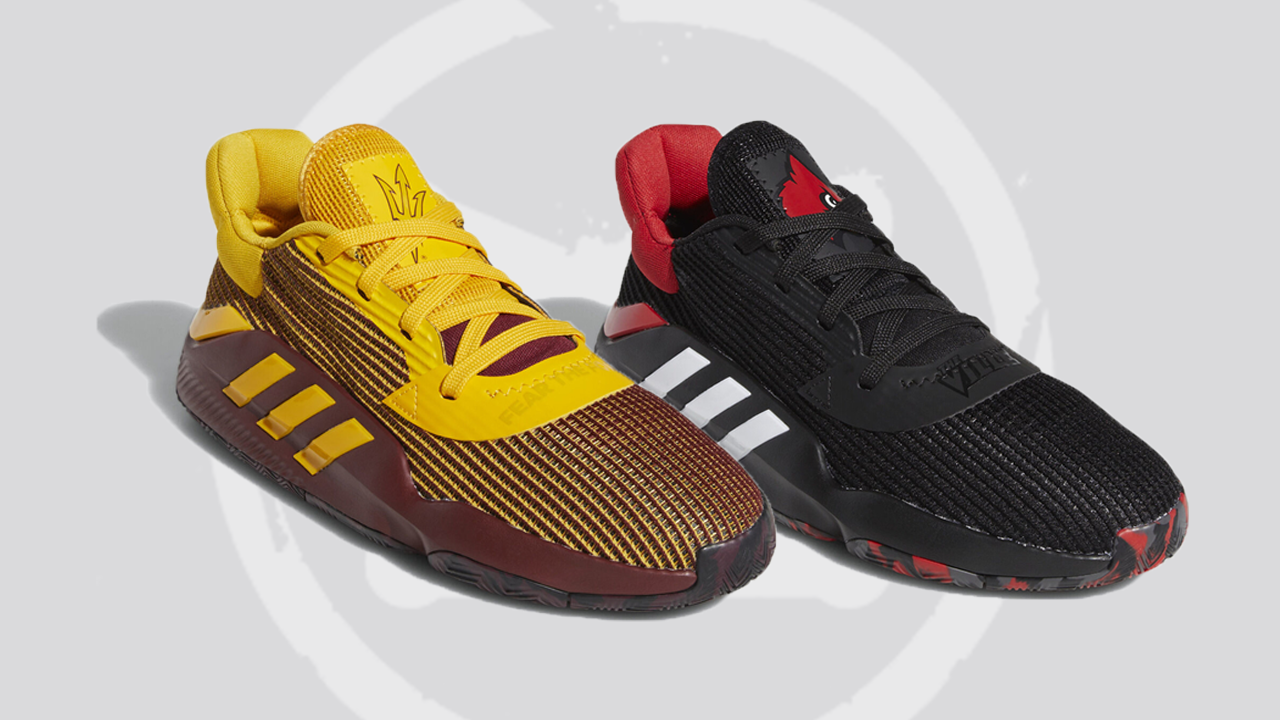
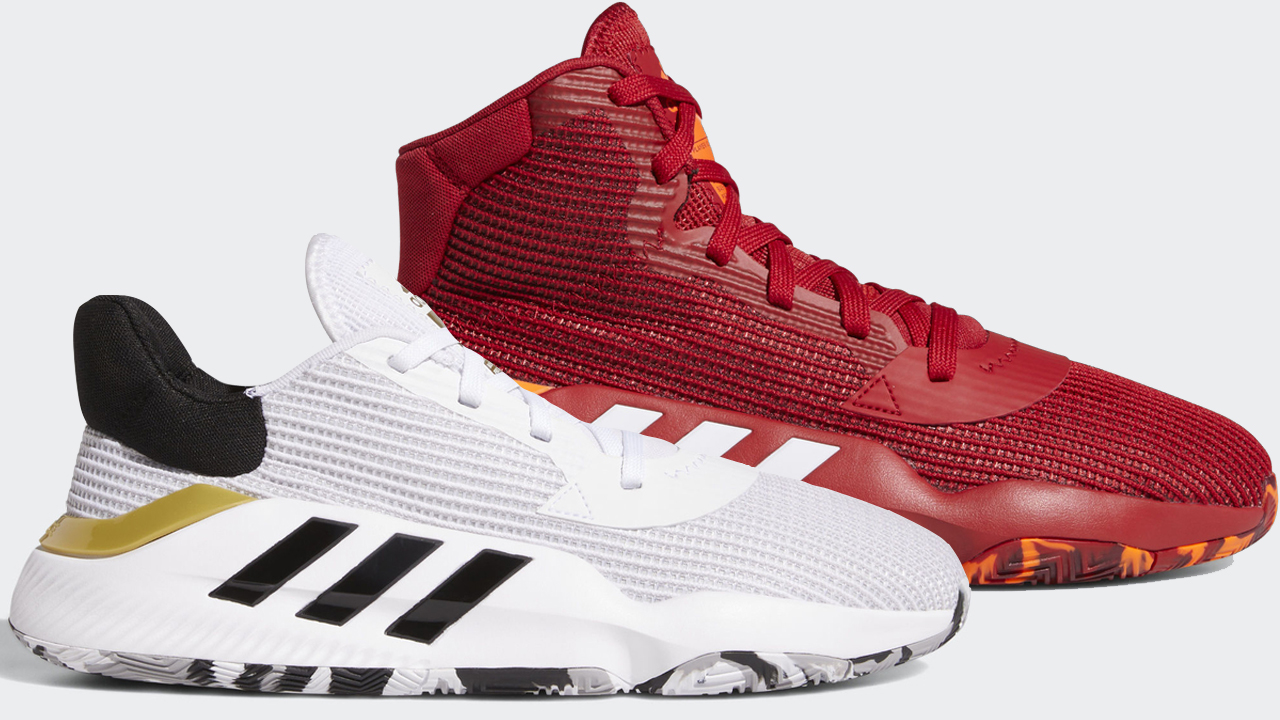
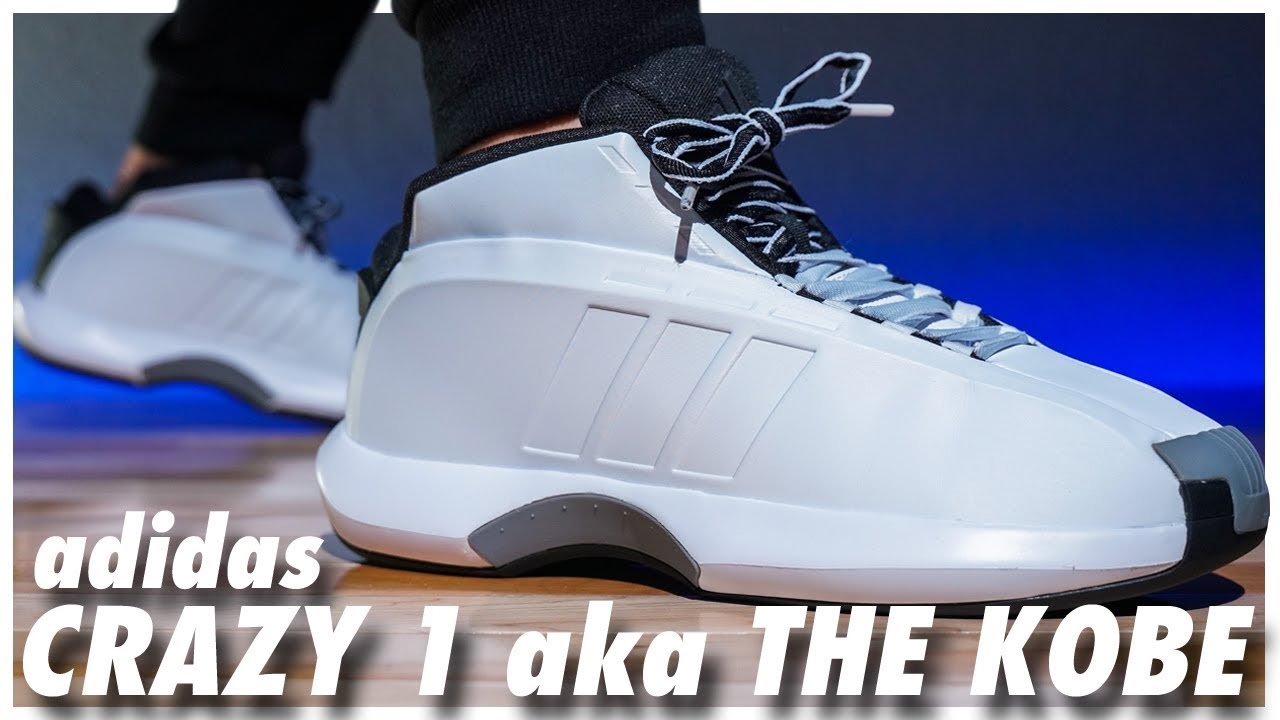
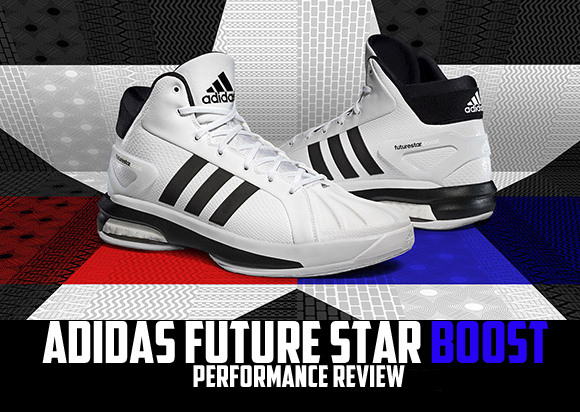
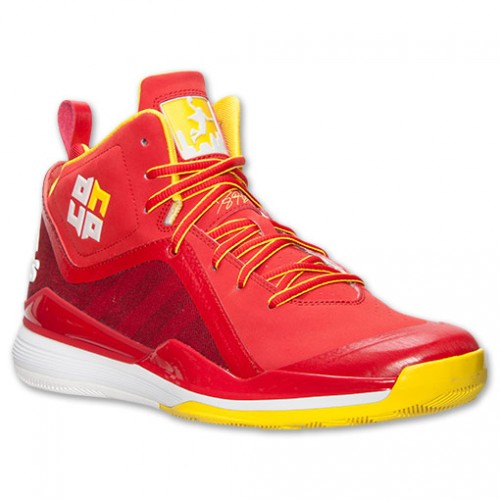
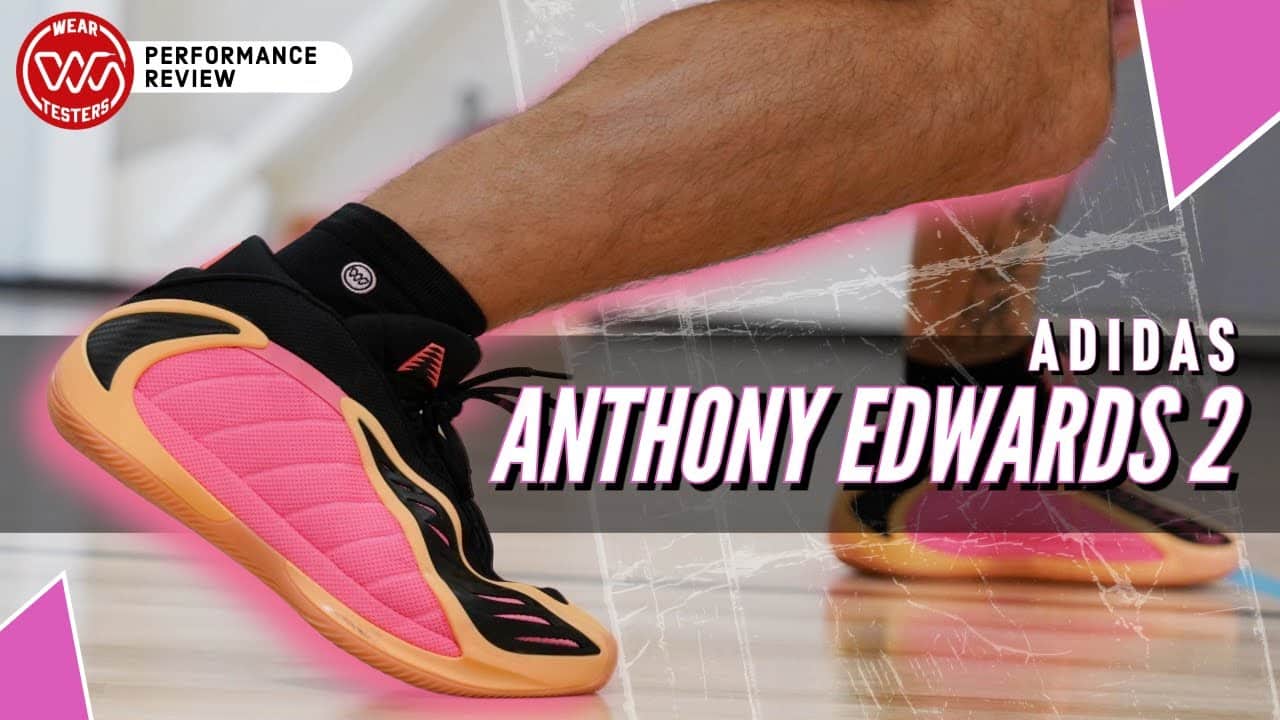
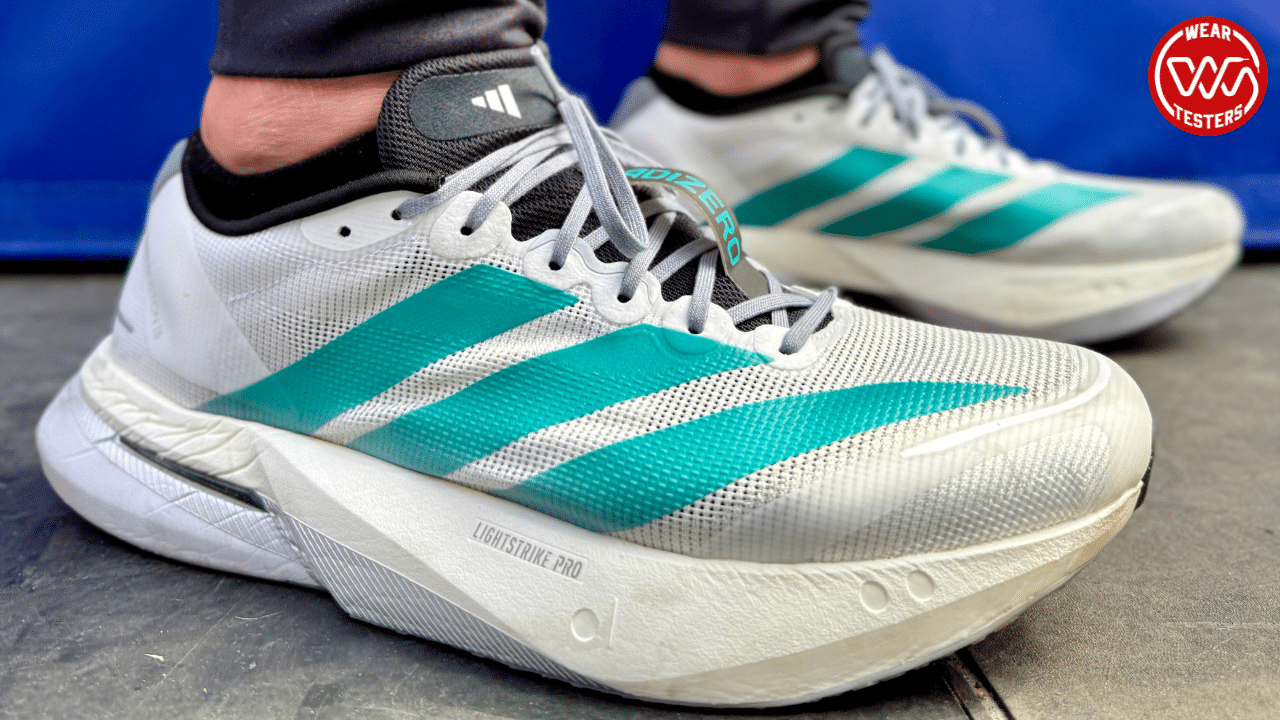
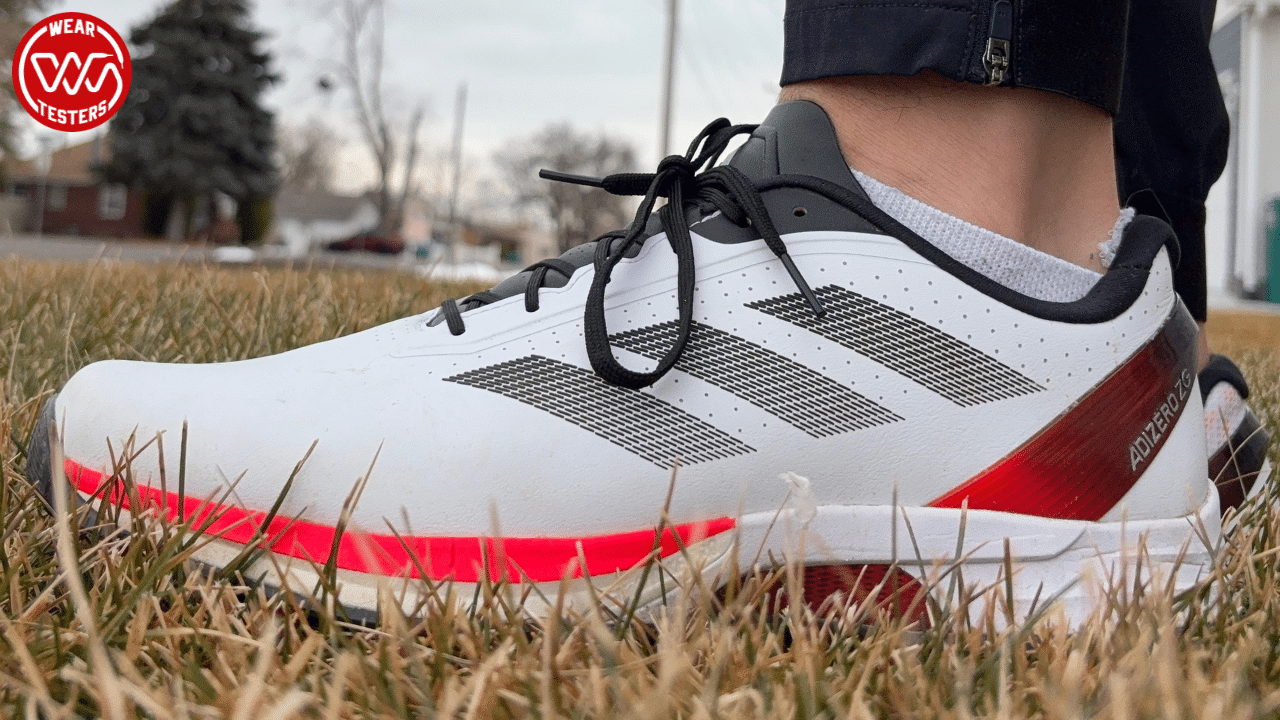
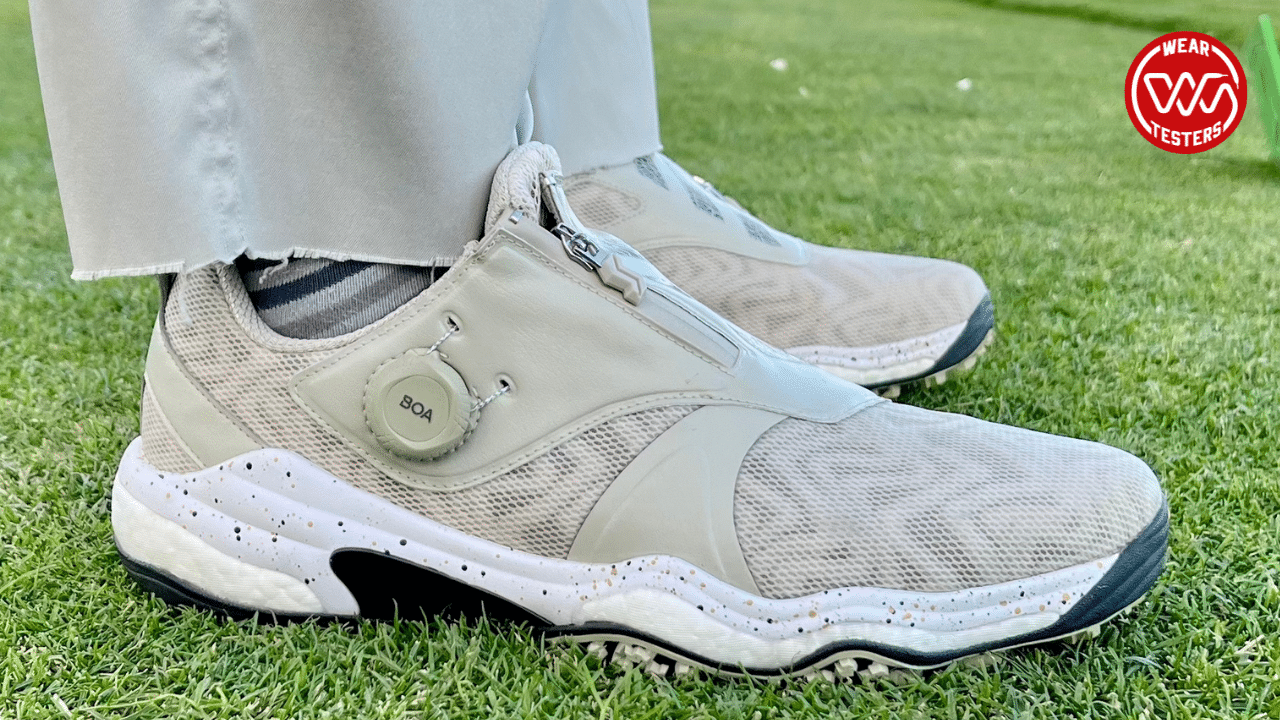
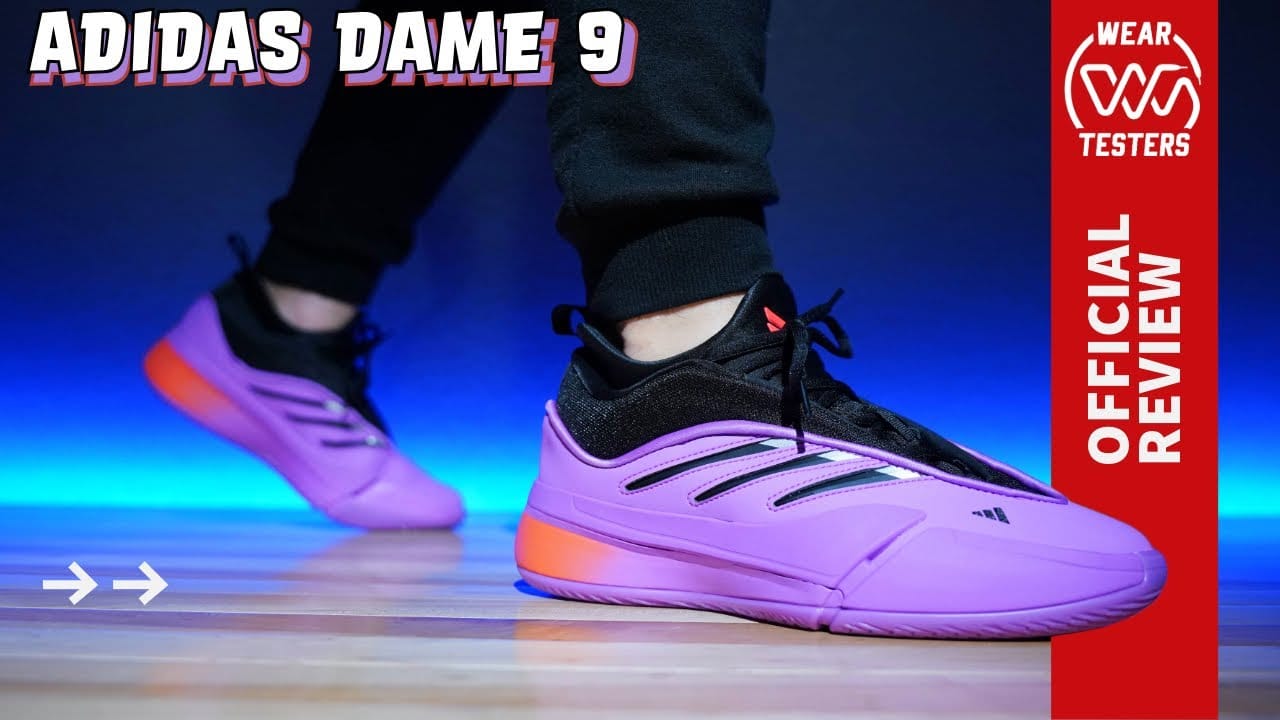
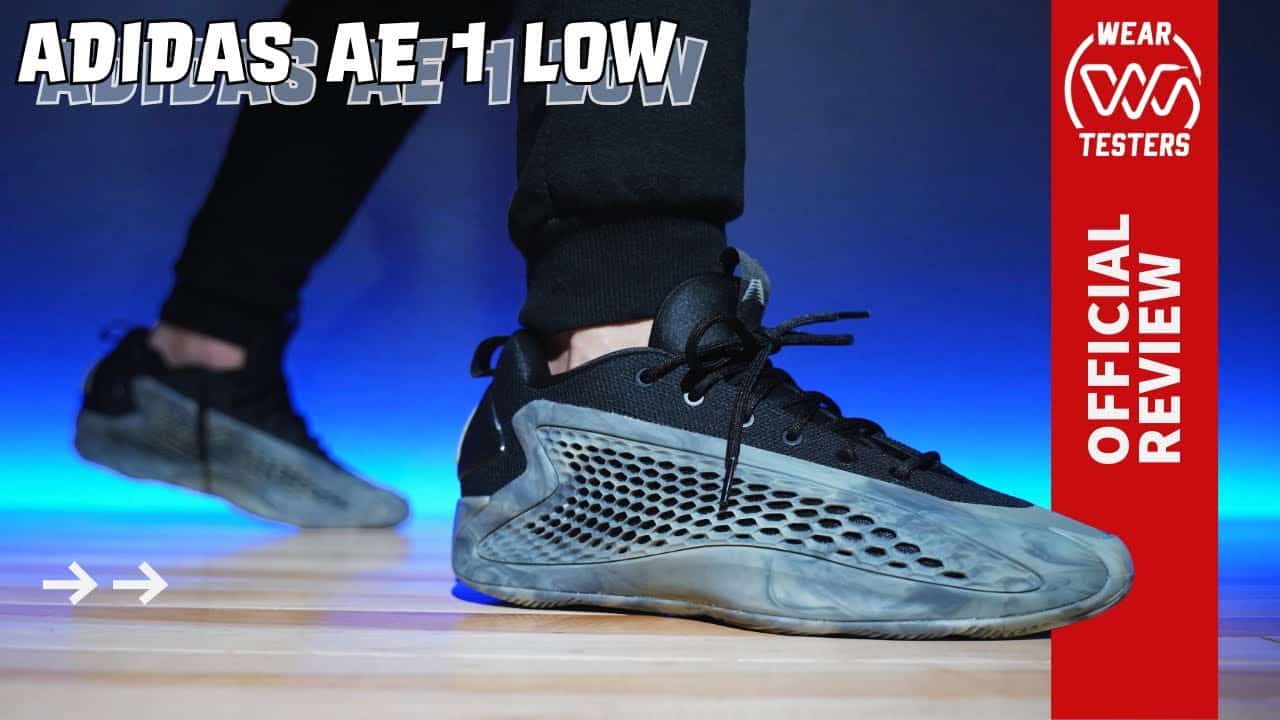
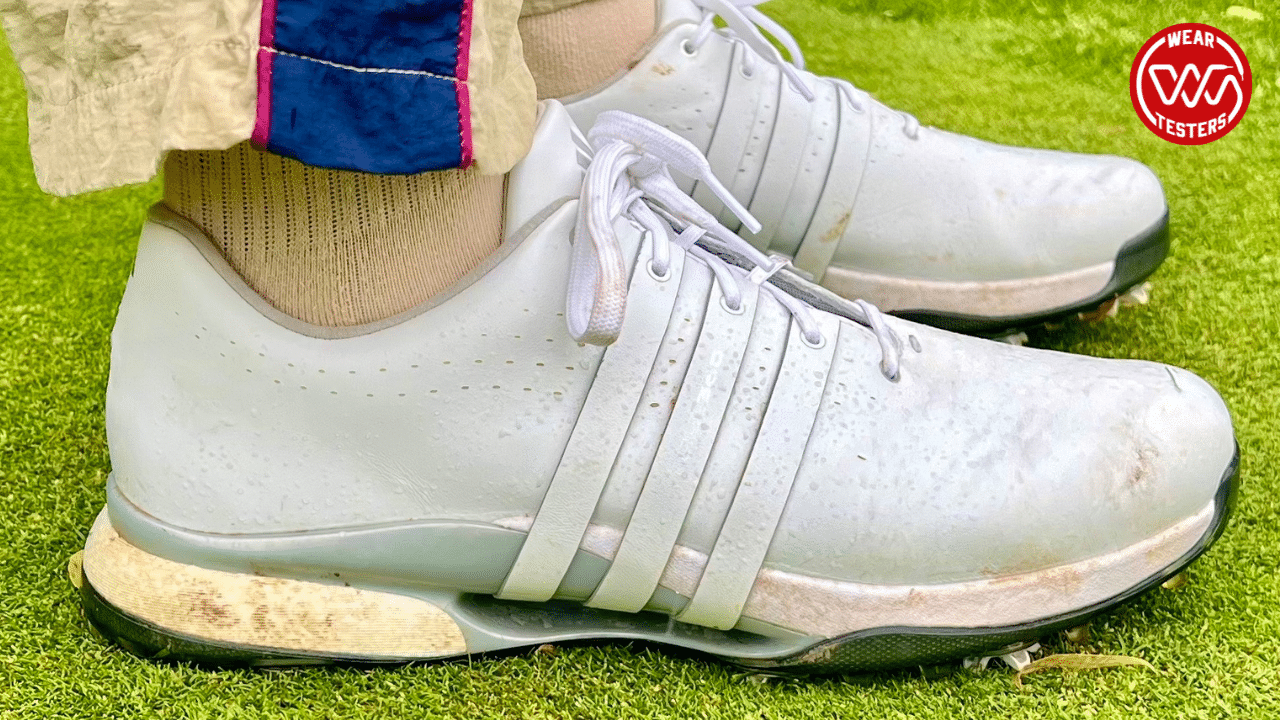
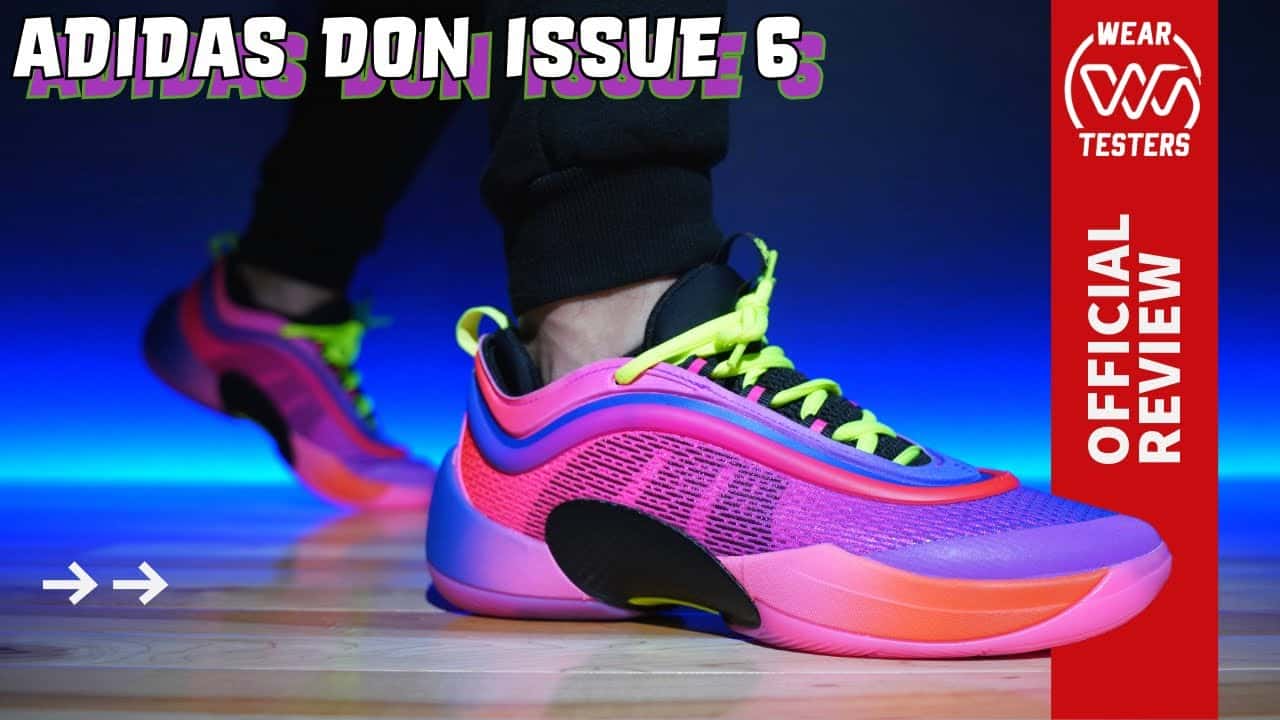
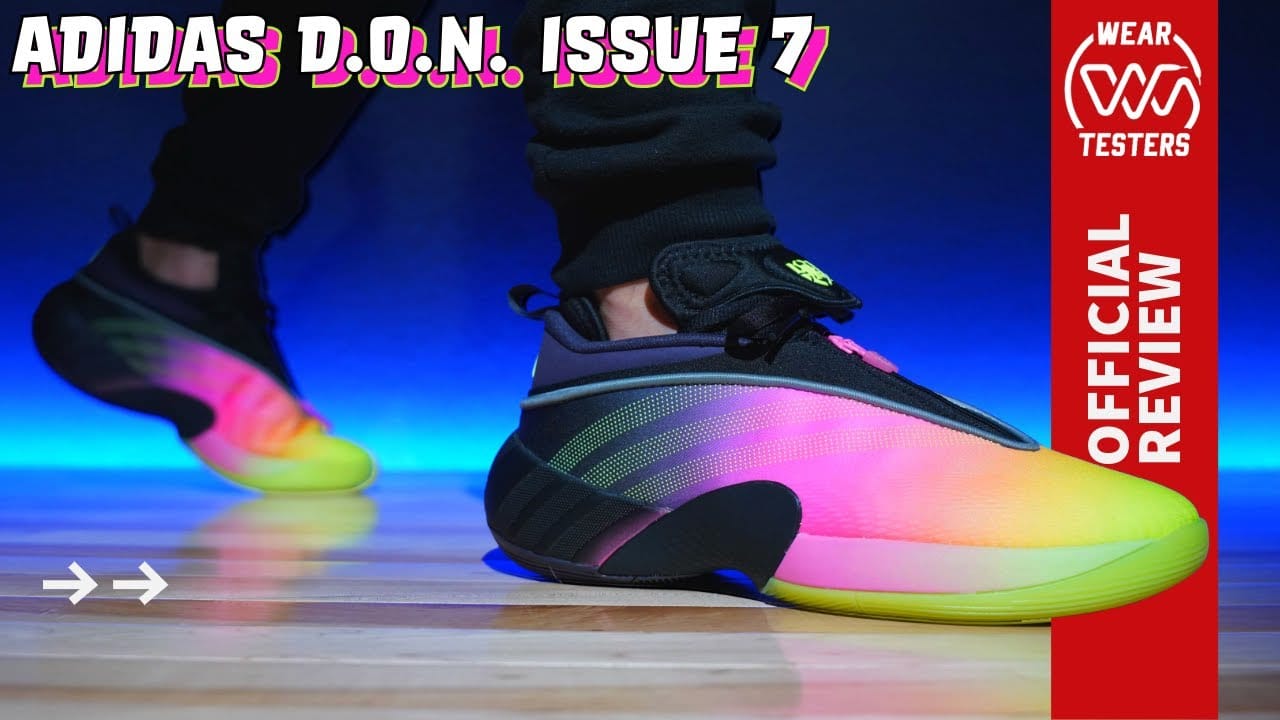
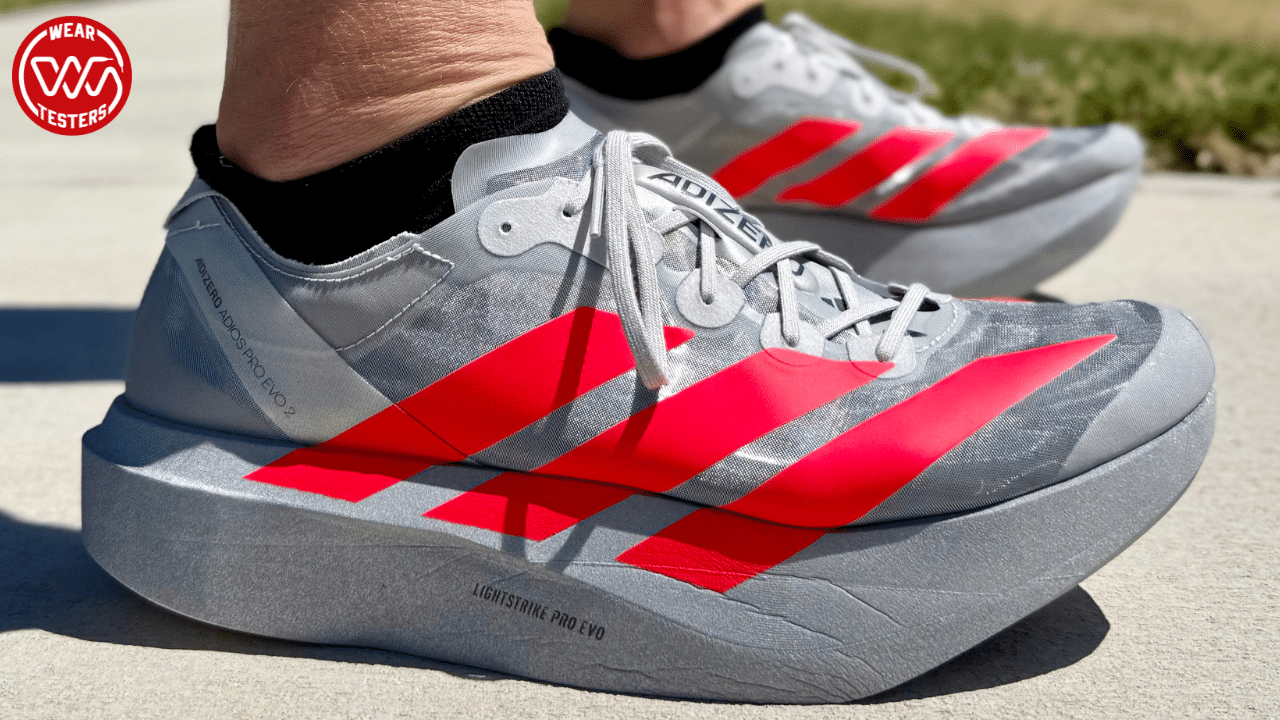
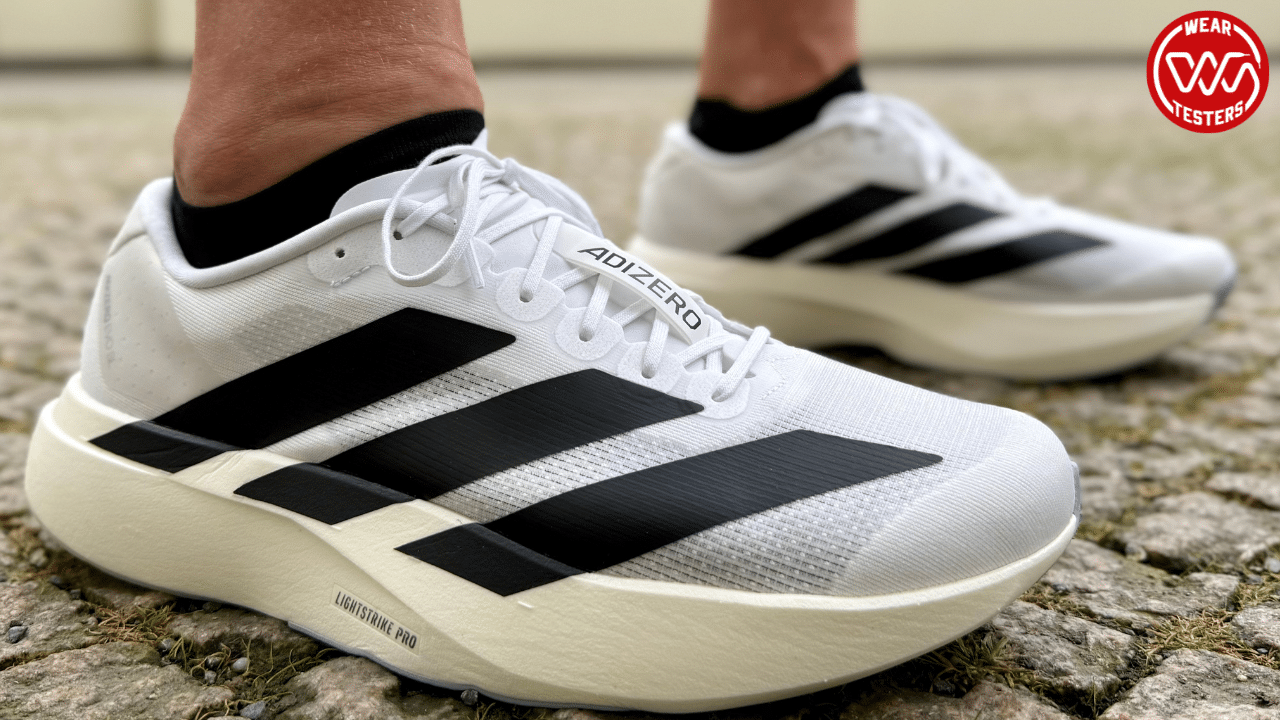
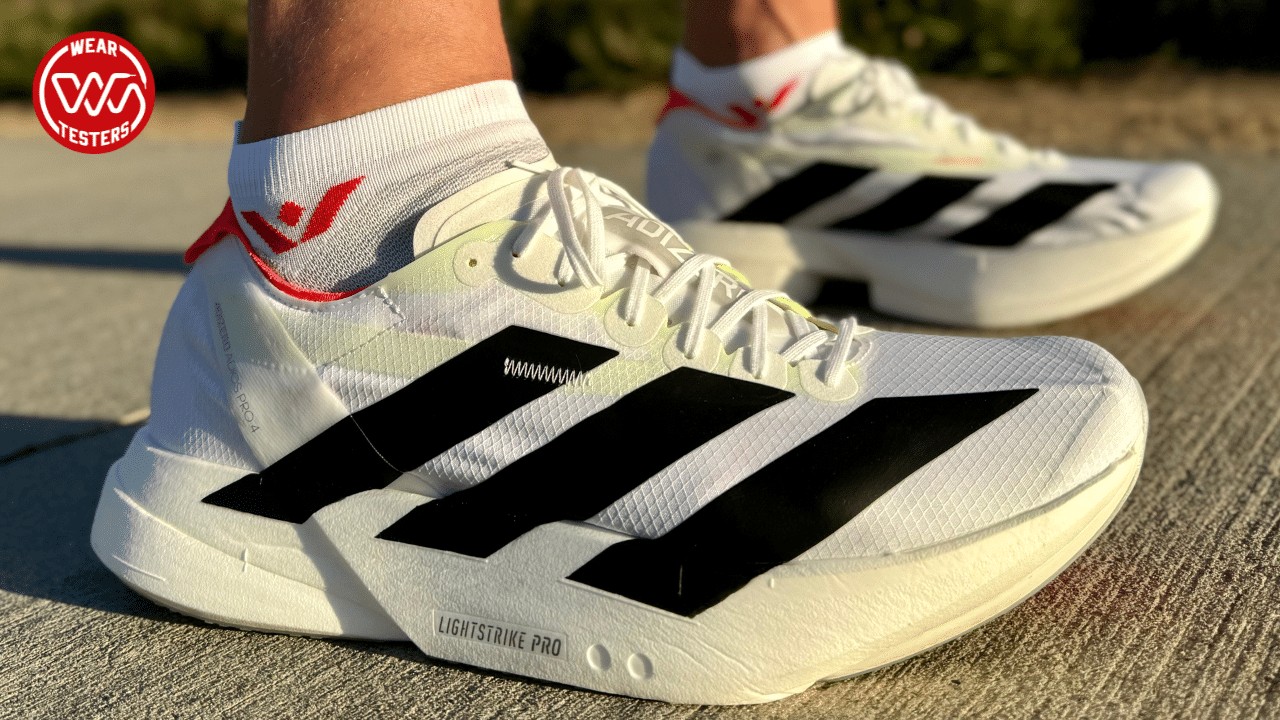
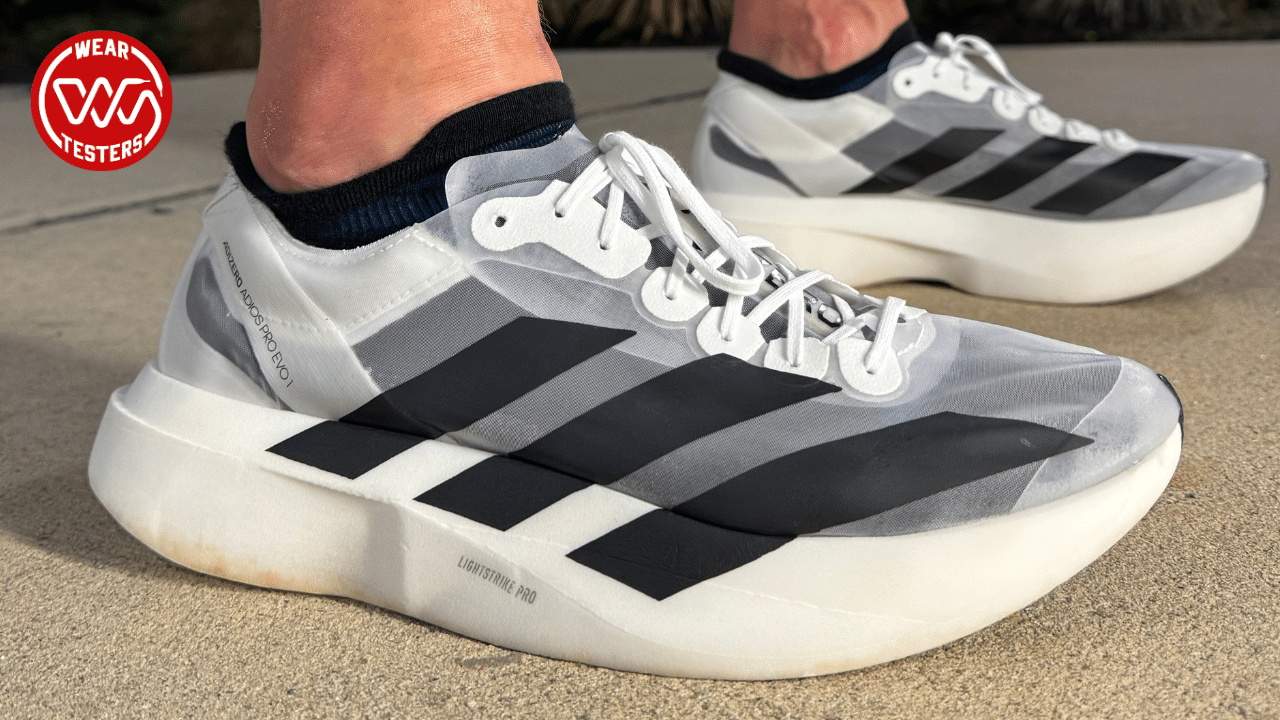
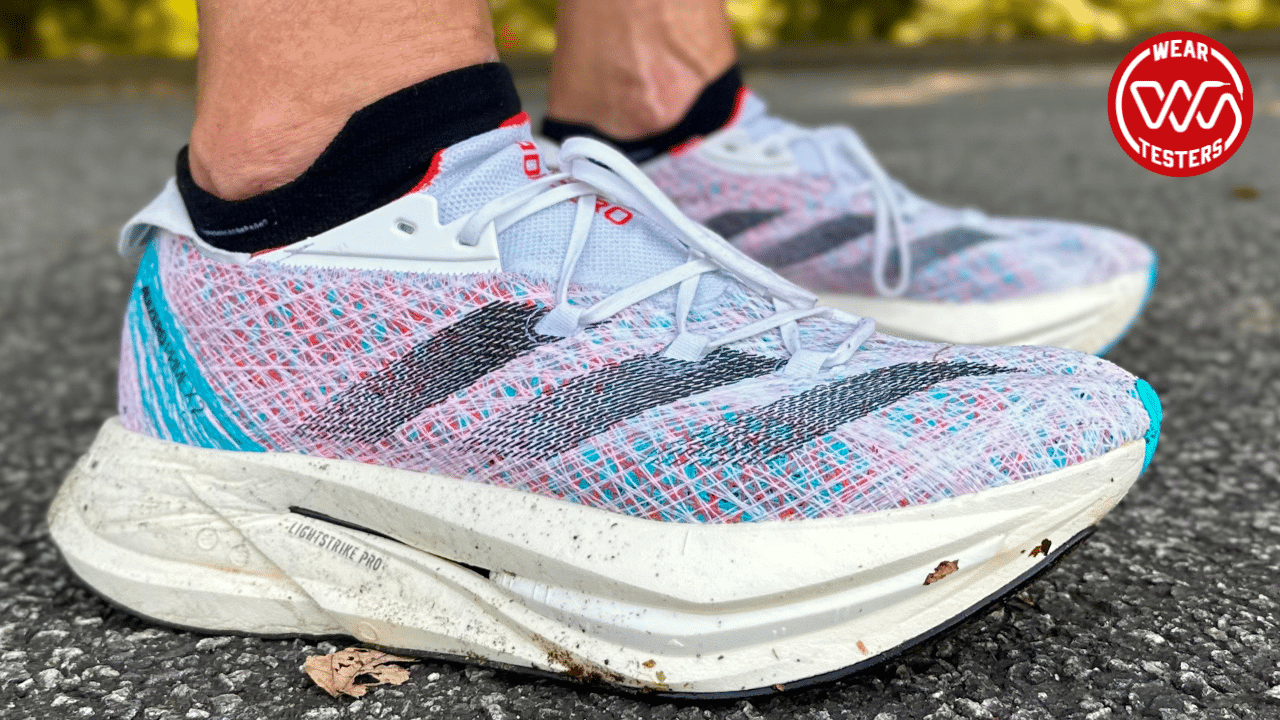
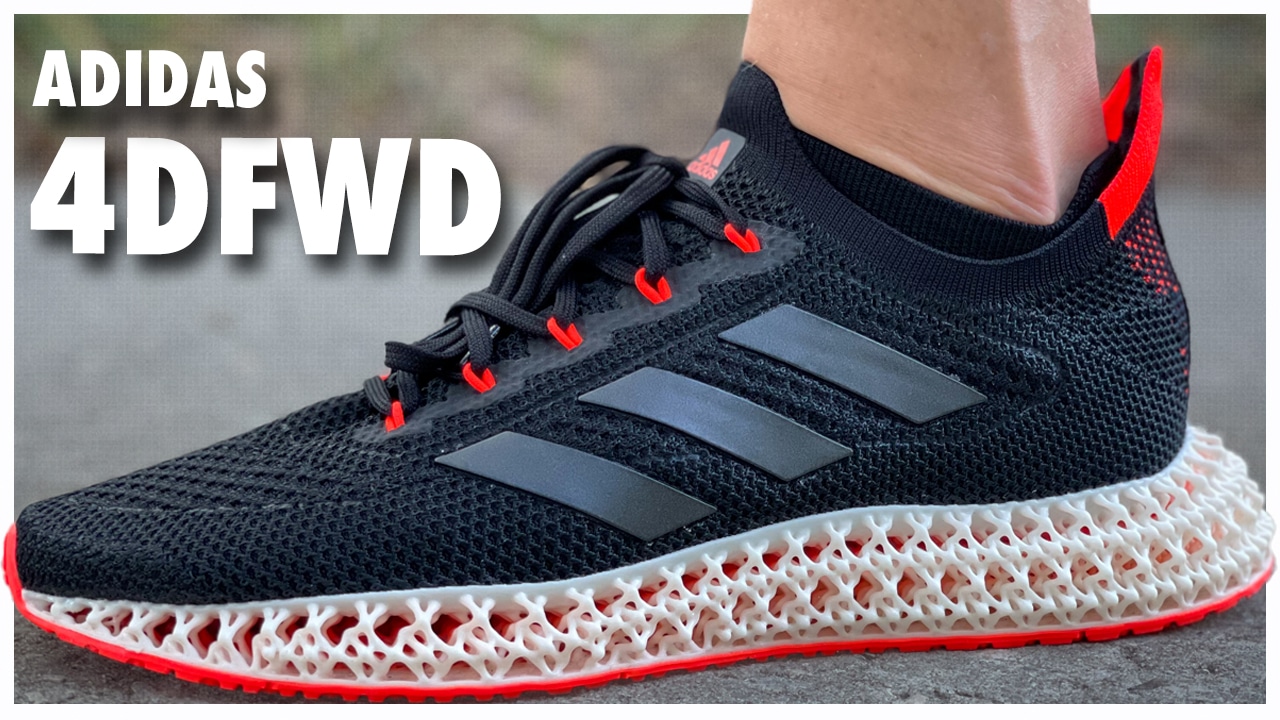
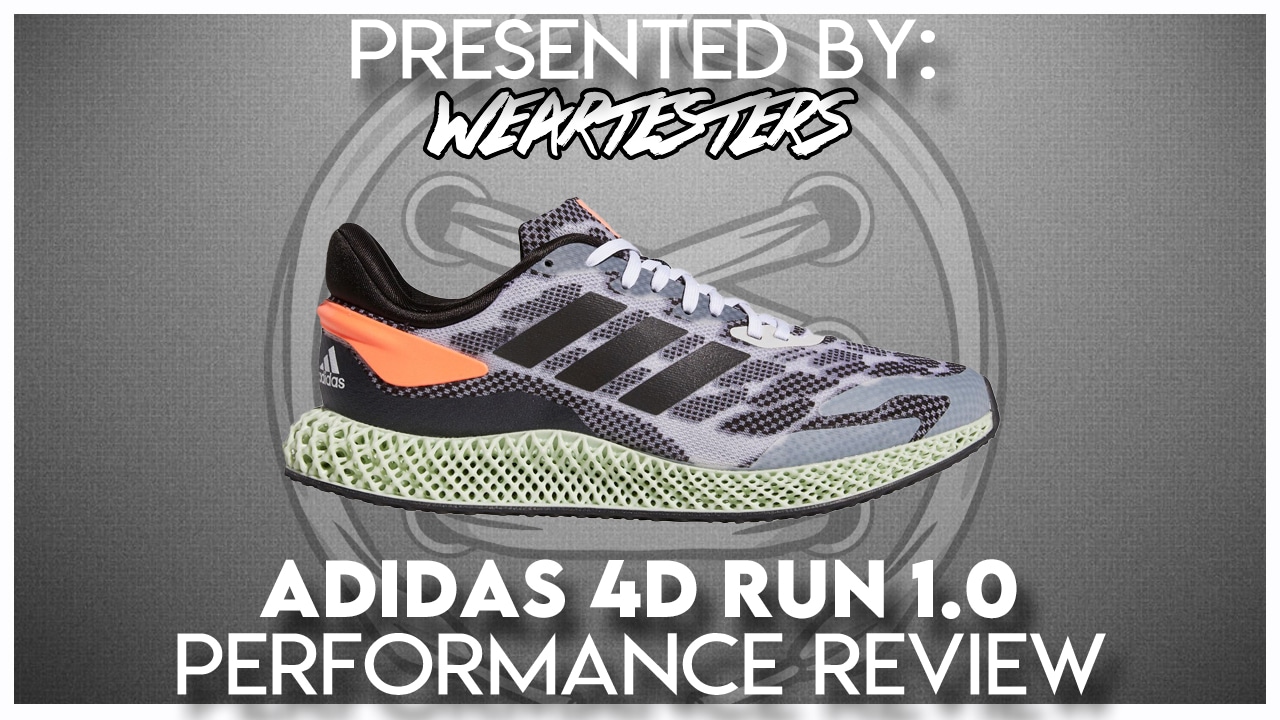
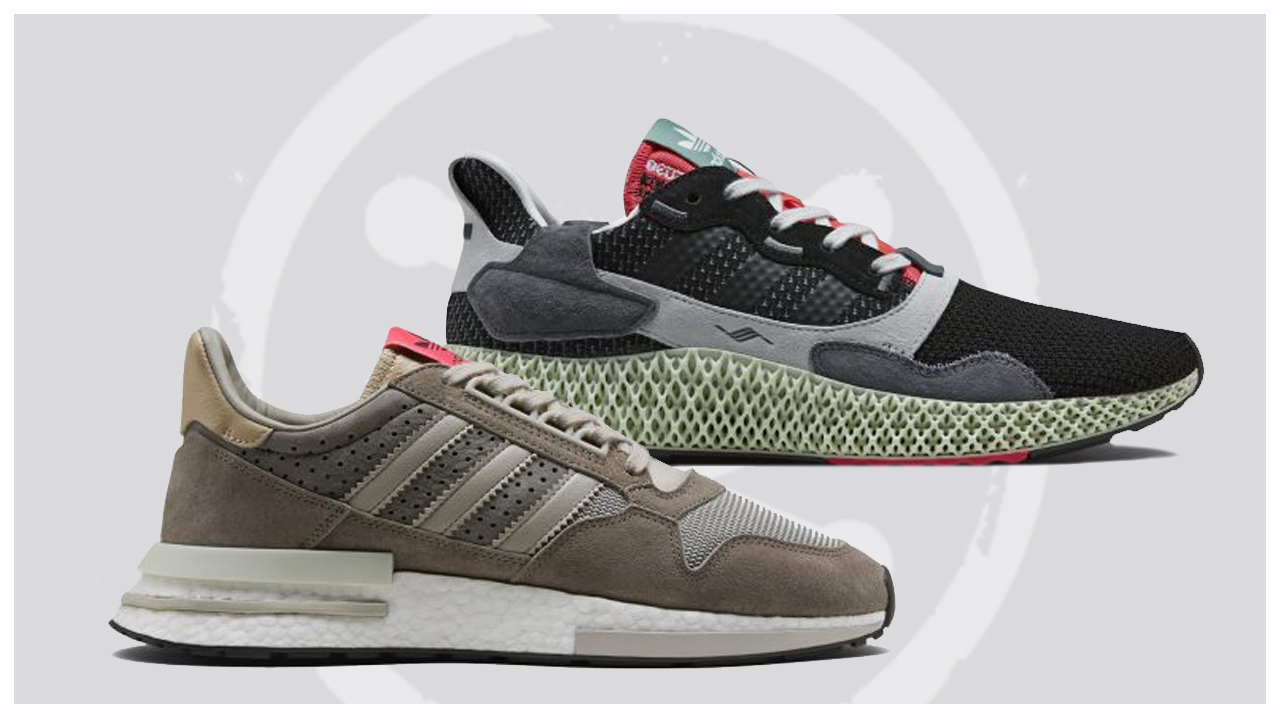
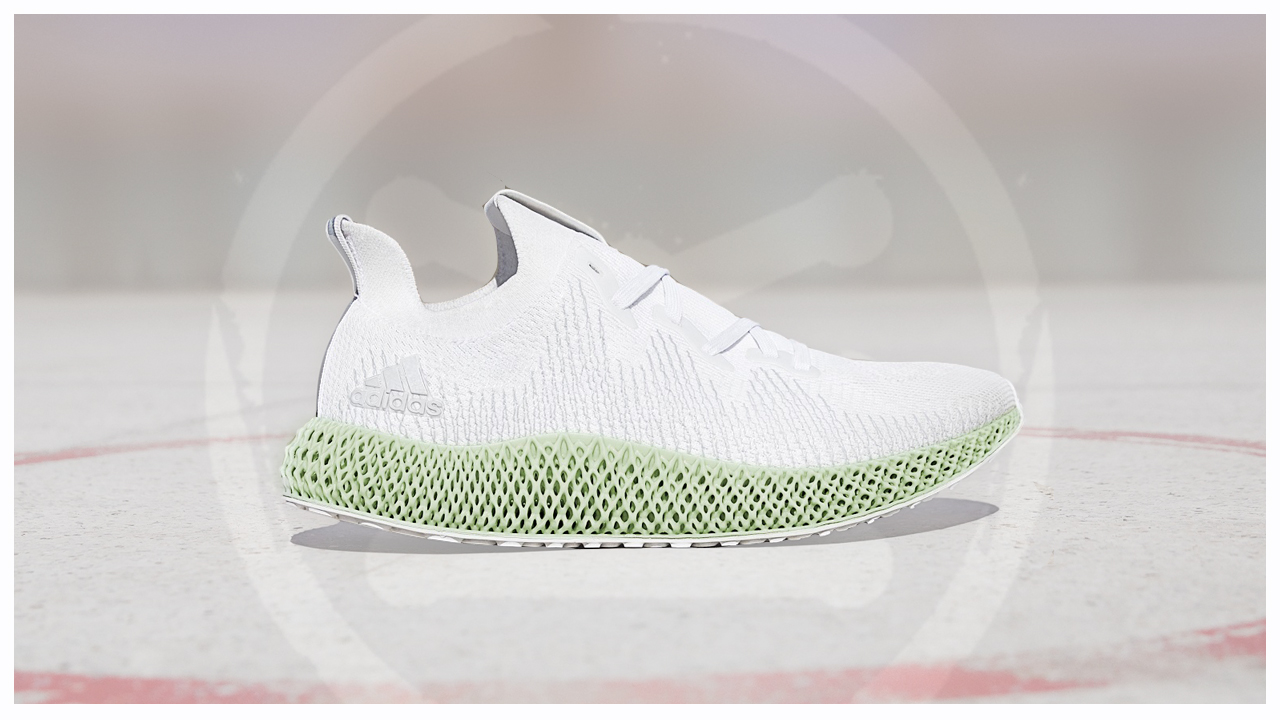
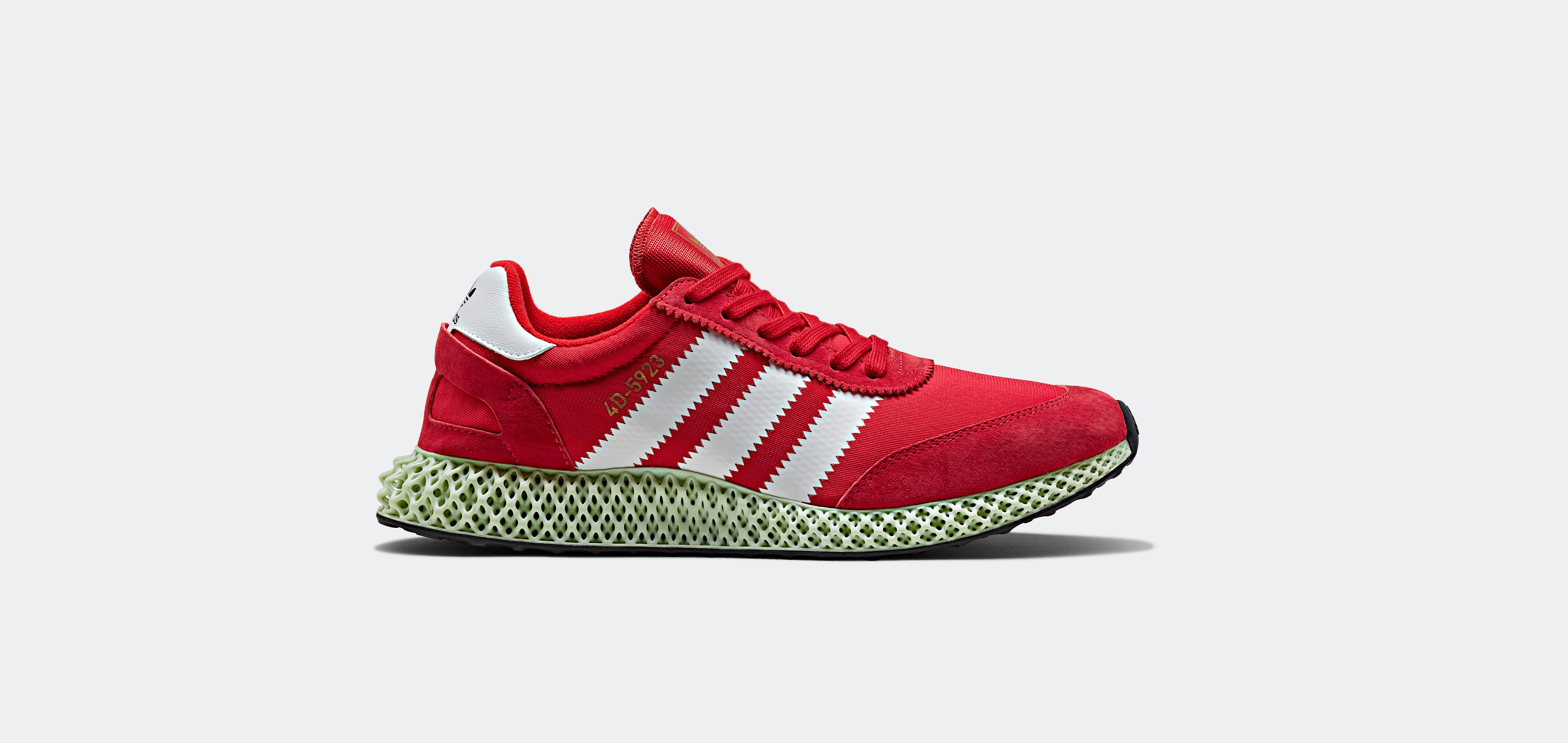
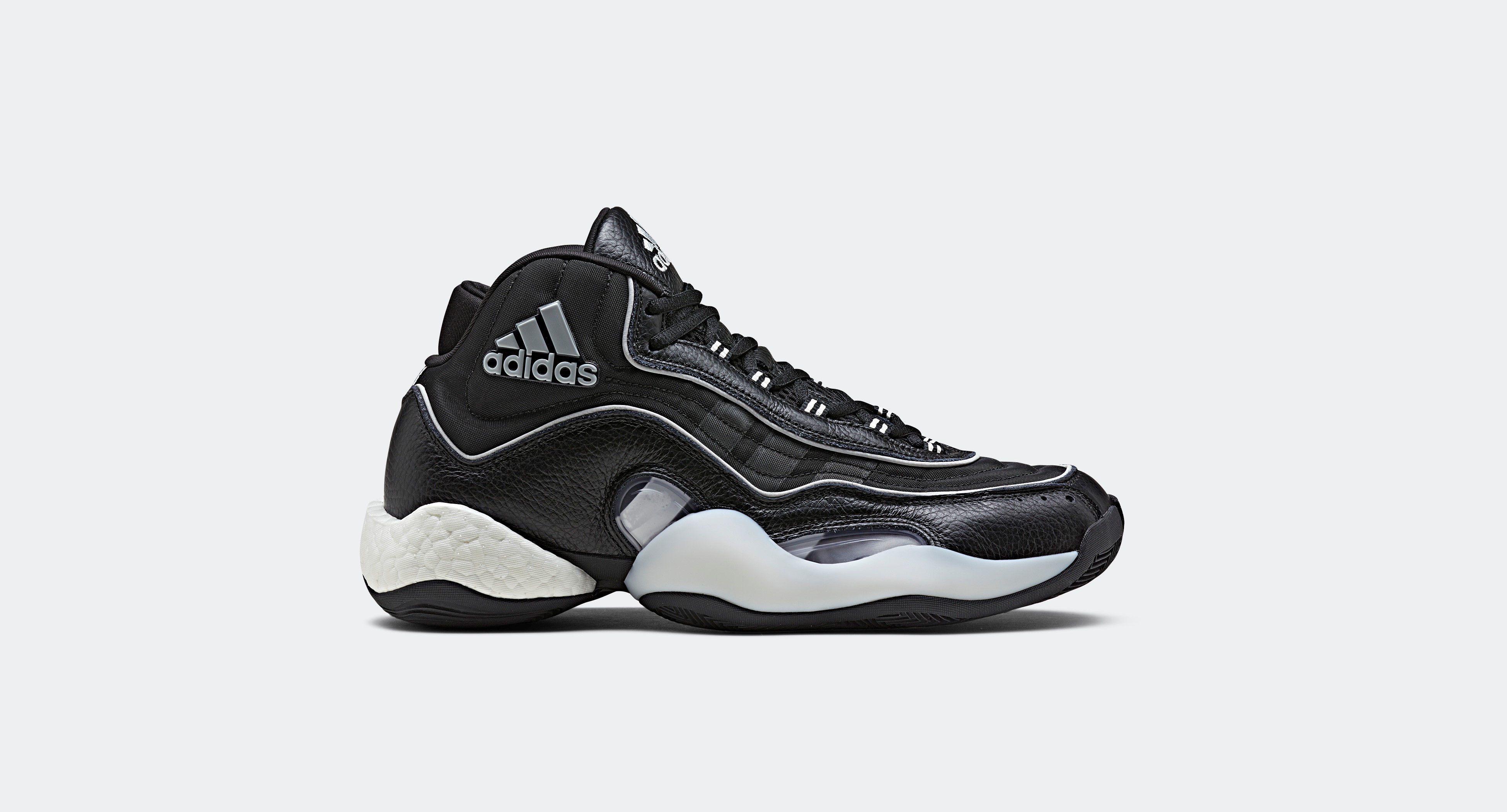
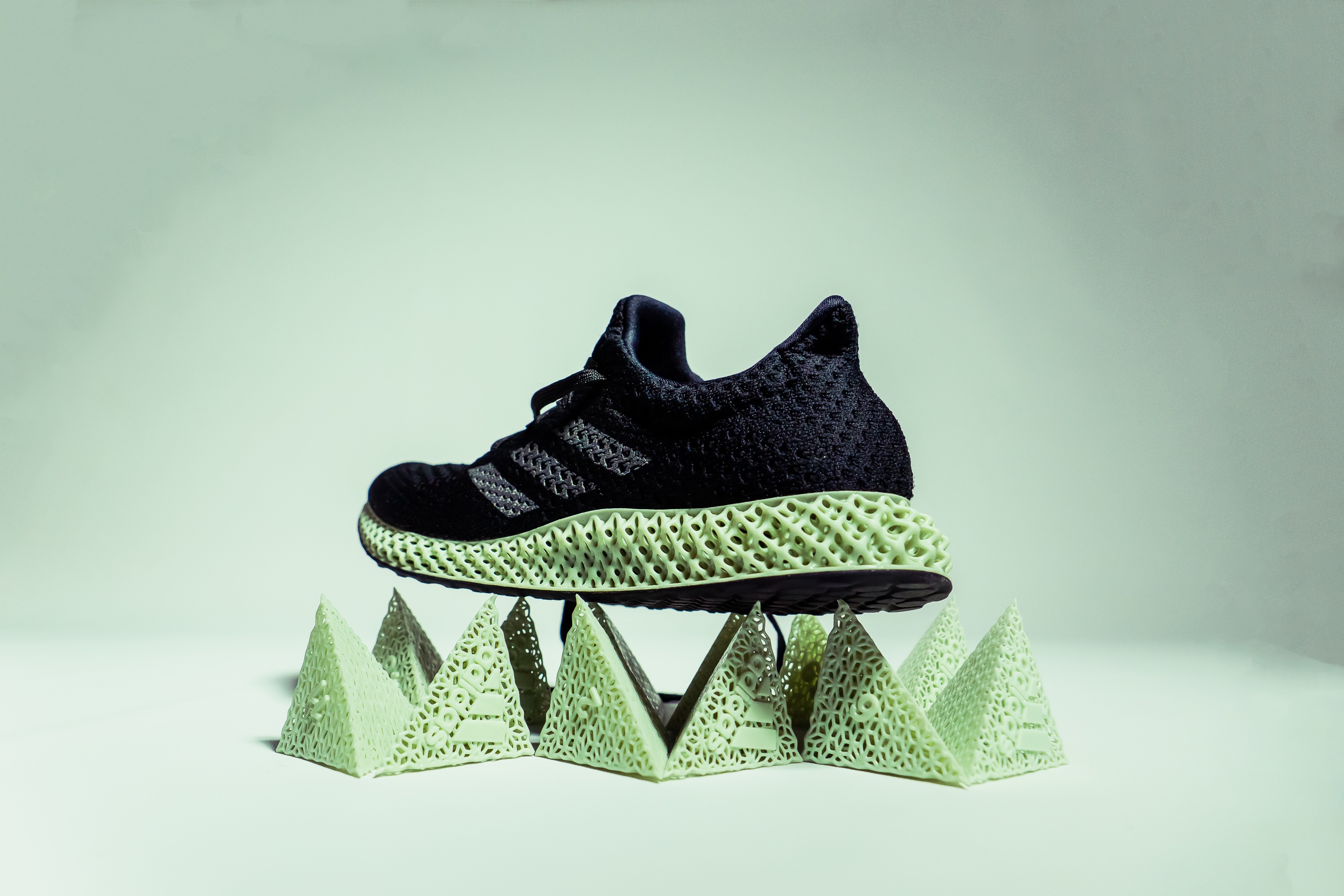
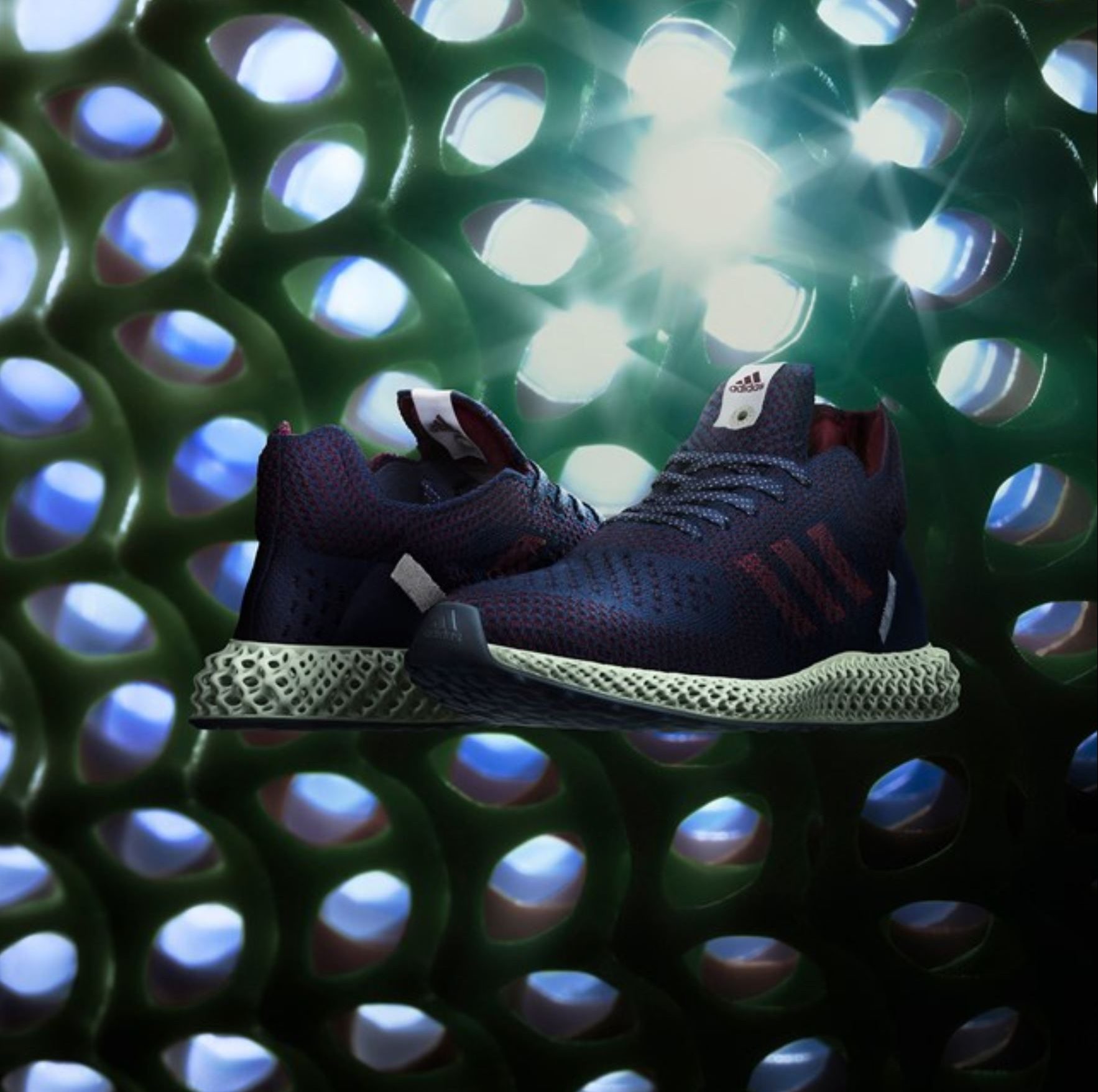
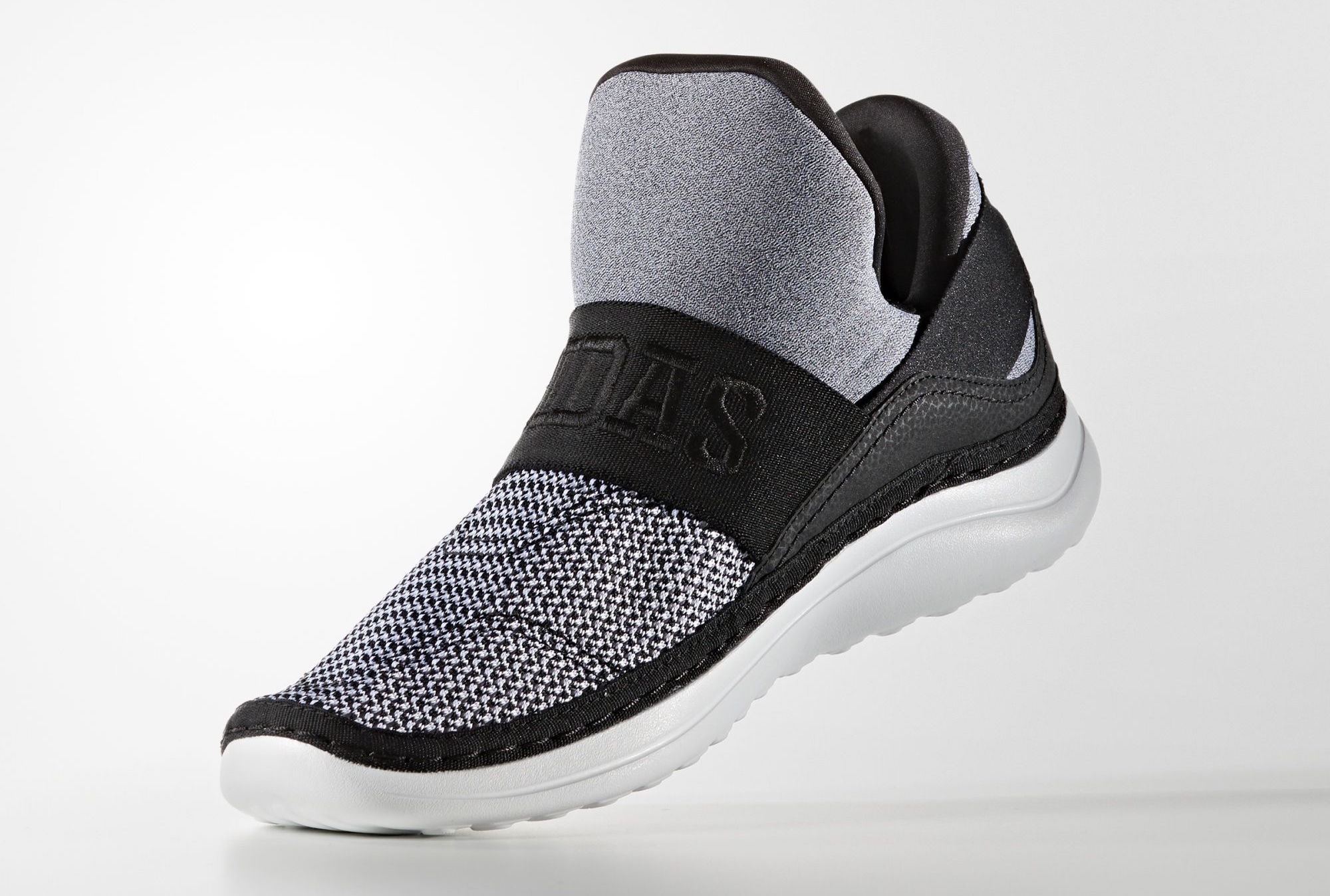
Just letting you know Cloudfoam is a midsole too. It’s not only an insole. That’s wrong information. Cloudfoam is actually super comfortable.
Absolutely love this these shoes, it’s old school feel comfort.
Curious about the difference between boost and lightstrike. Is lightstrike replacing that too or just bounce? Do you know how these are different in terms of support? Particularly thinking of basketball shoes.
Boost will never go away but we will still see pucks of boost in the heels of some basketball shoes. Lightstrike, Lightstrike Pro, and now Dreamstrike are all lighter than Boost and have taken over the adidas running line. We expect them to be used more and more for performance basketball in the years to come.
could this be updated to describe light boost?
Great suggestion. We’re on it.